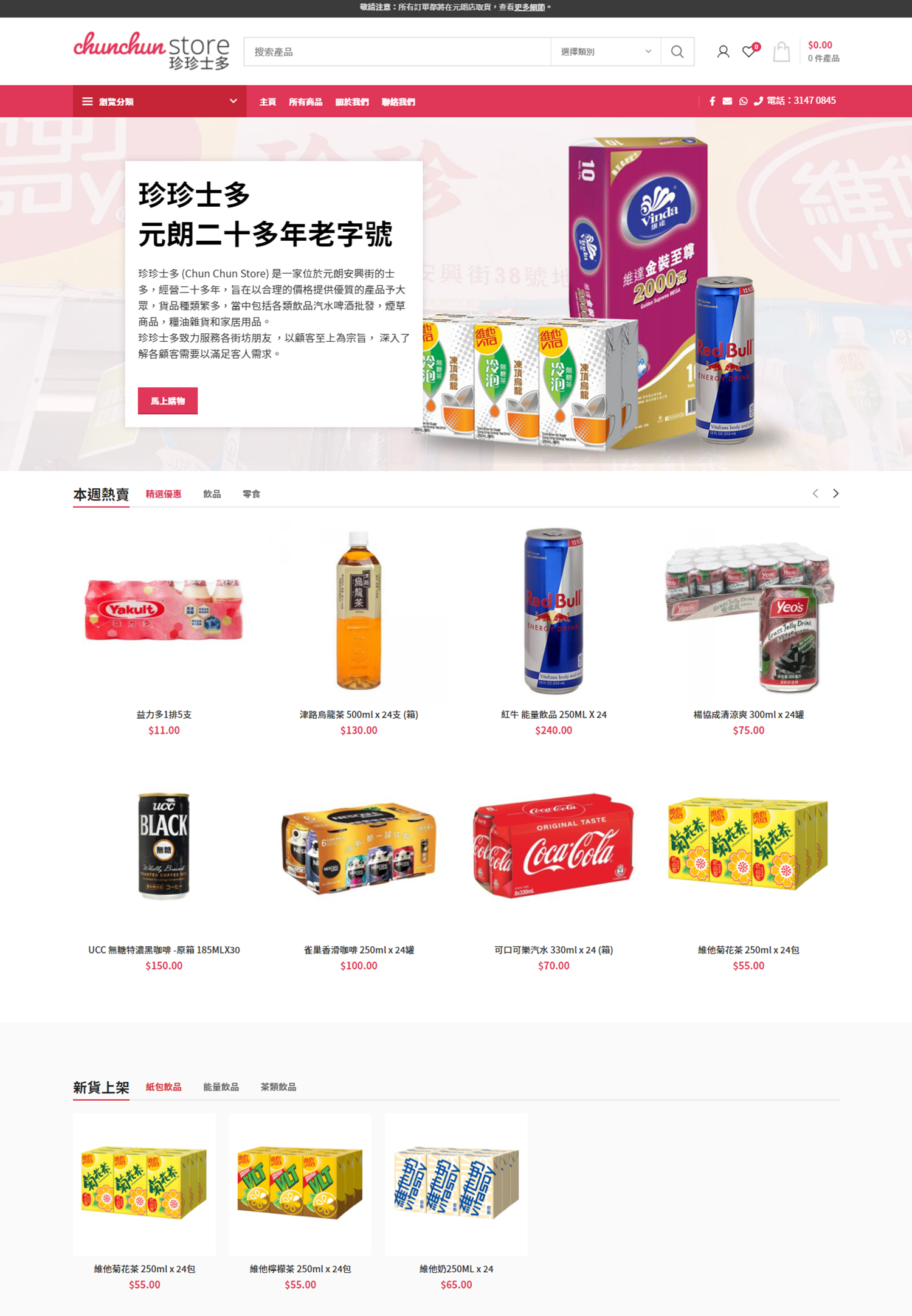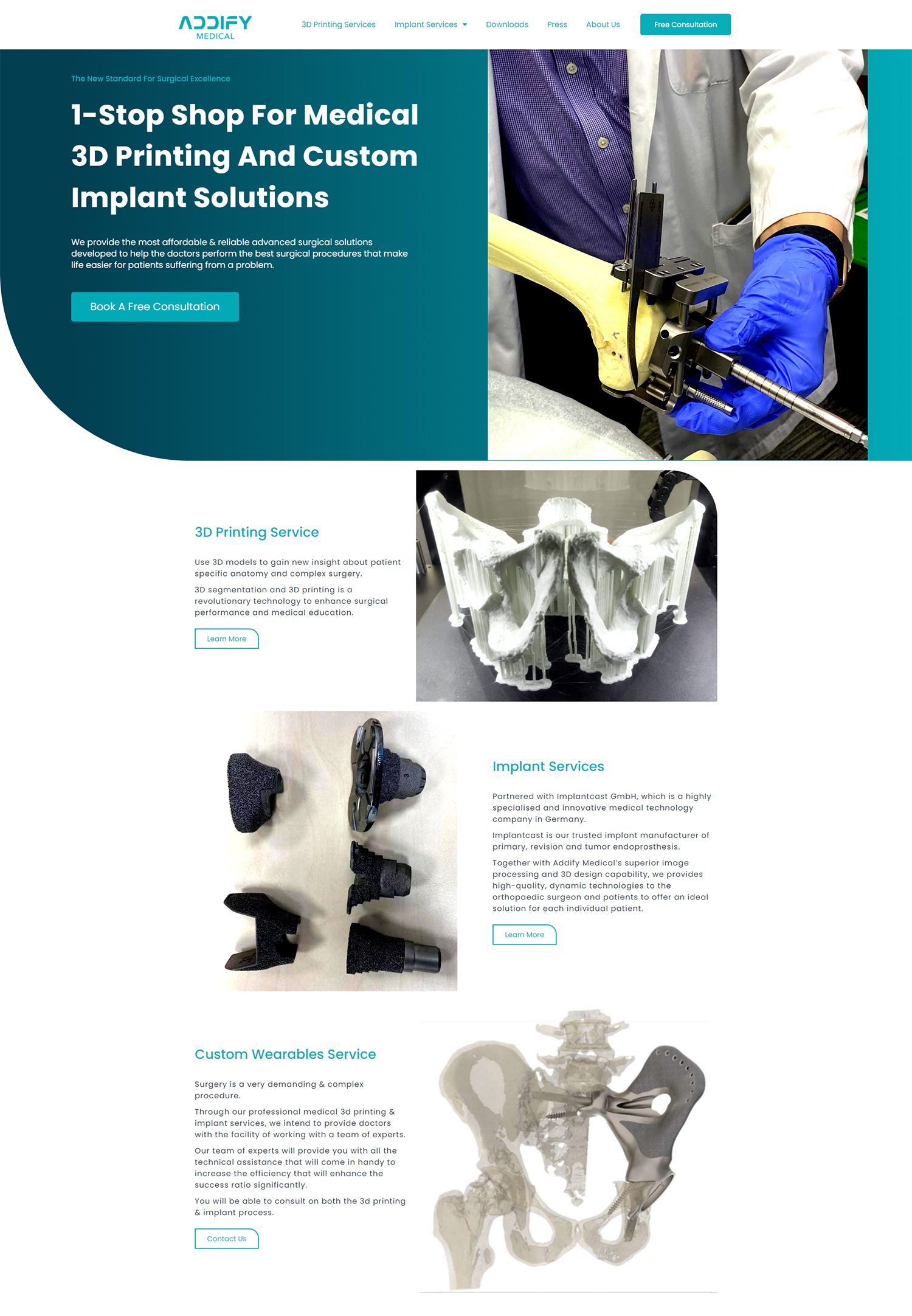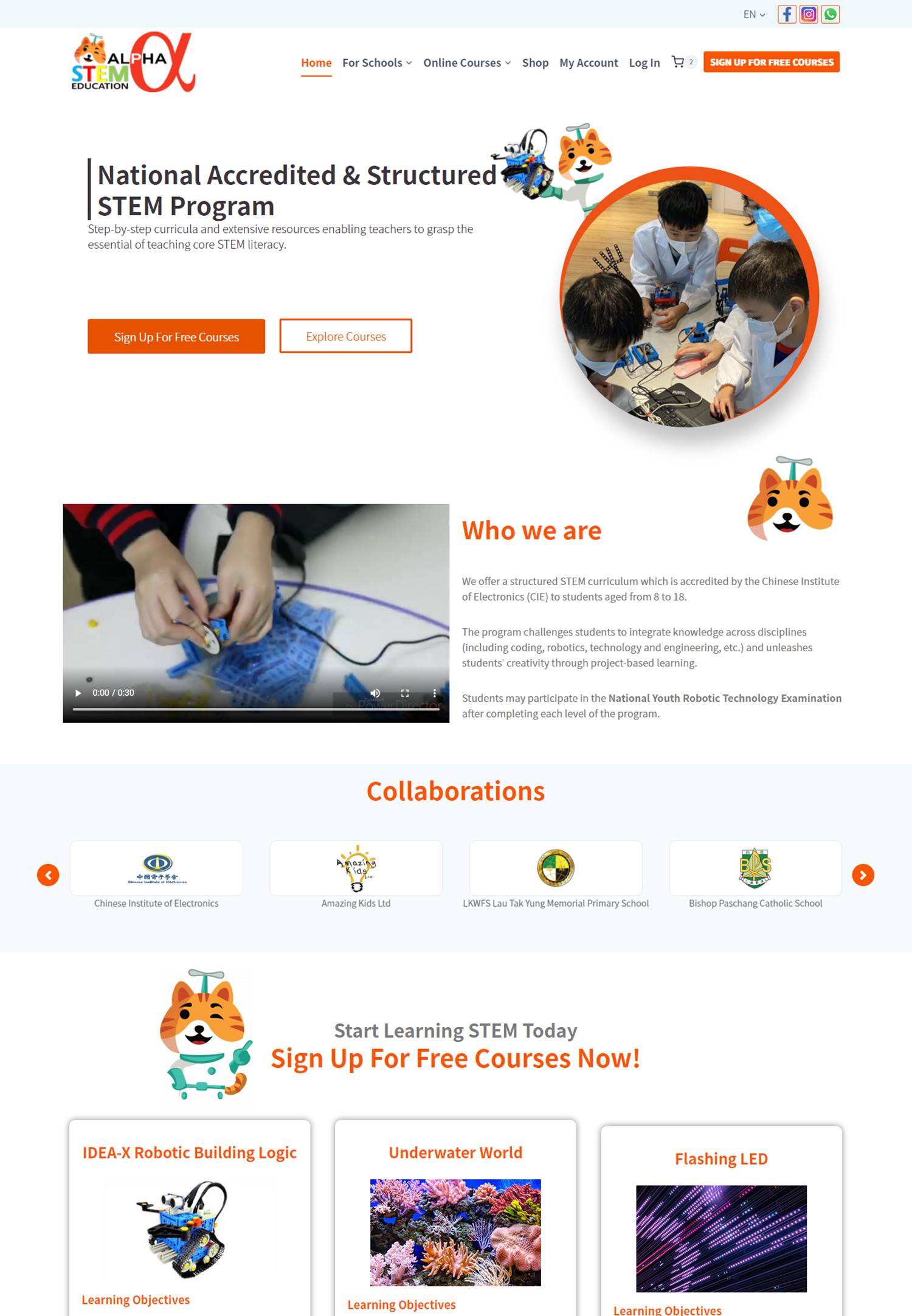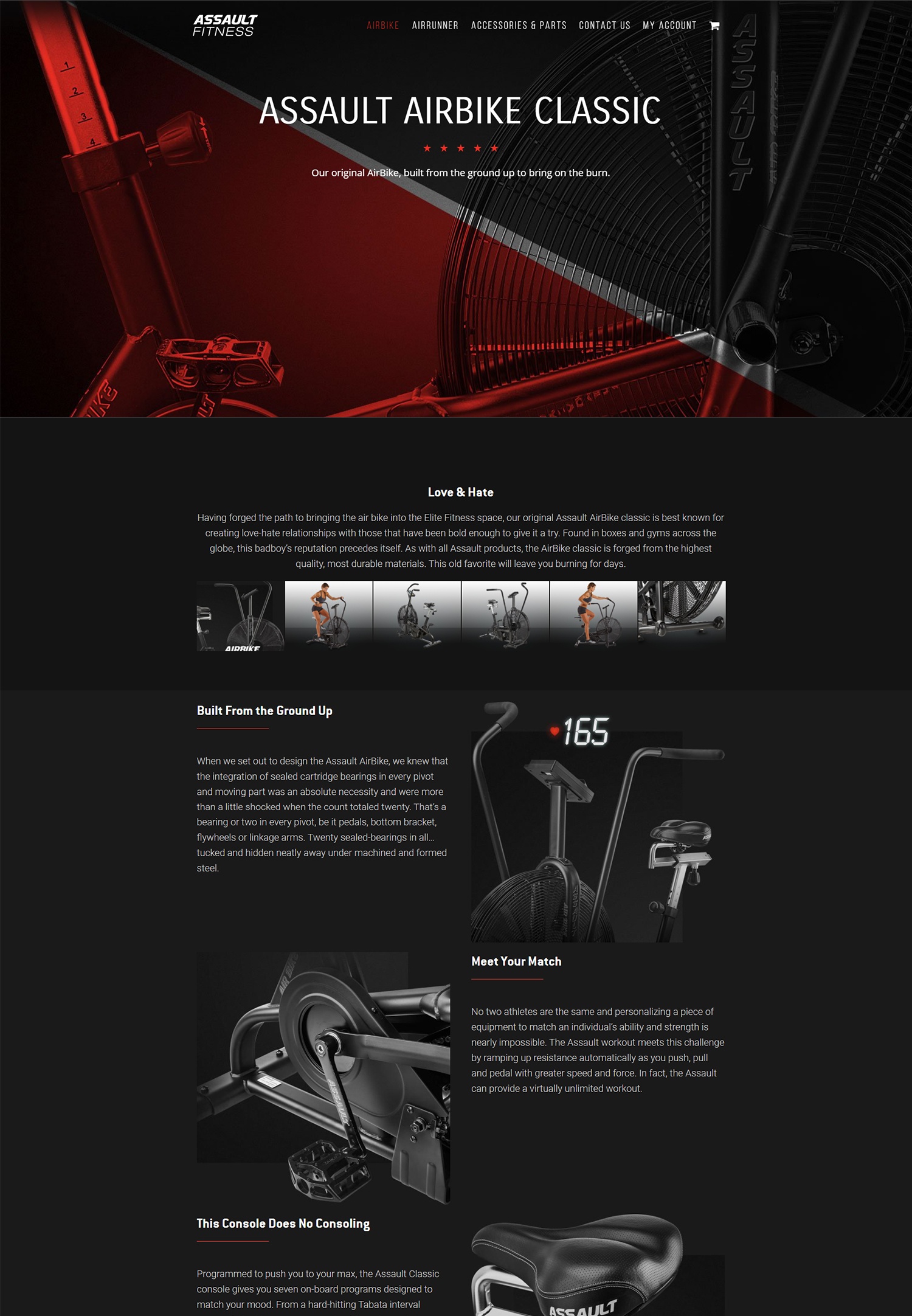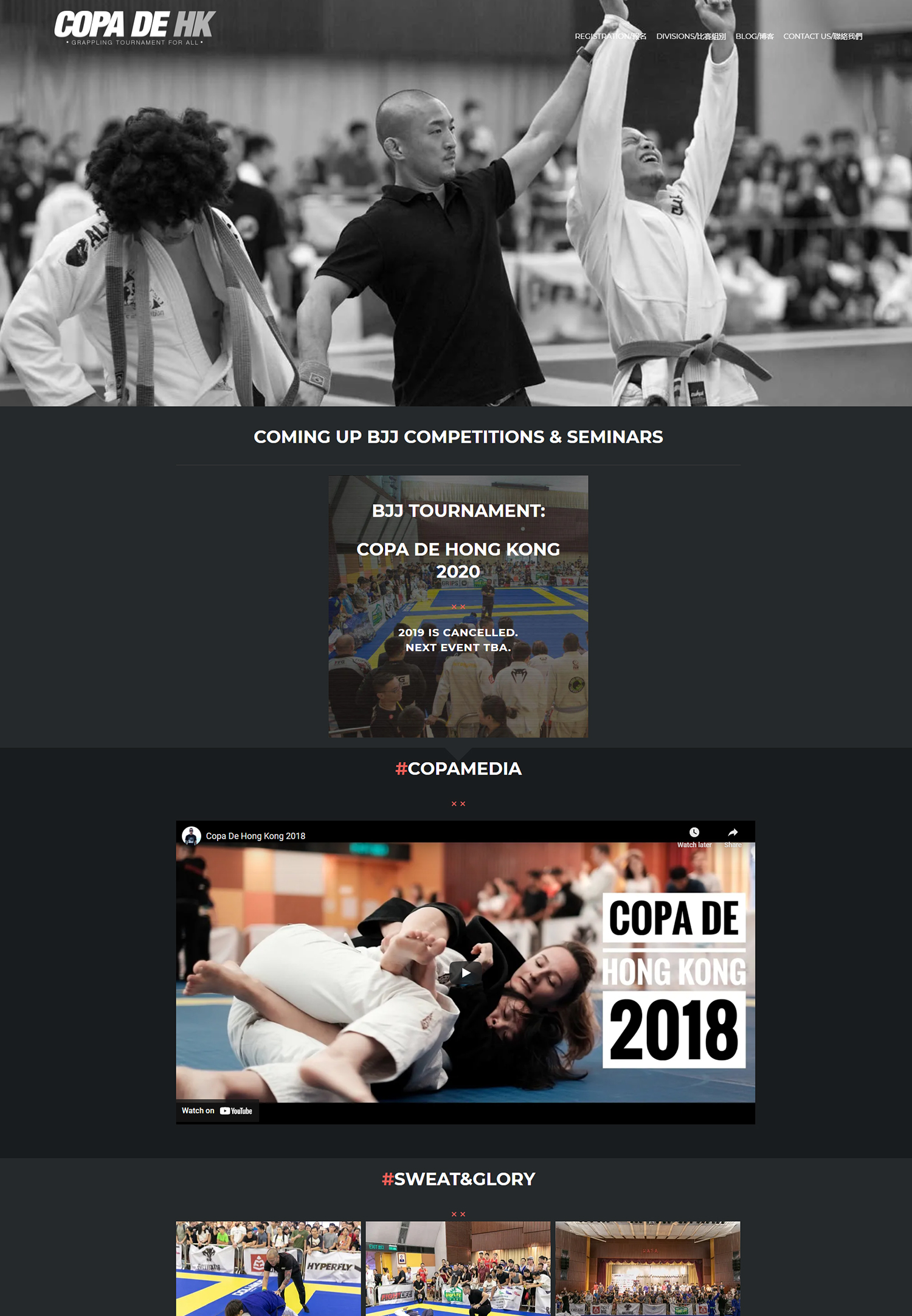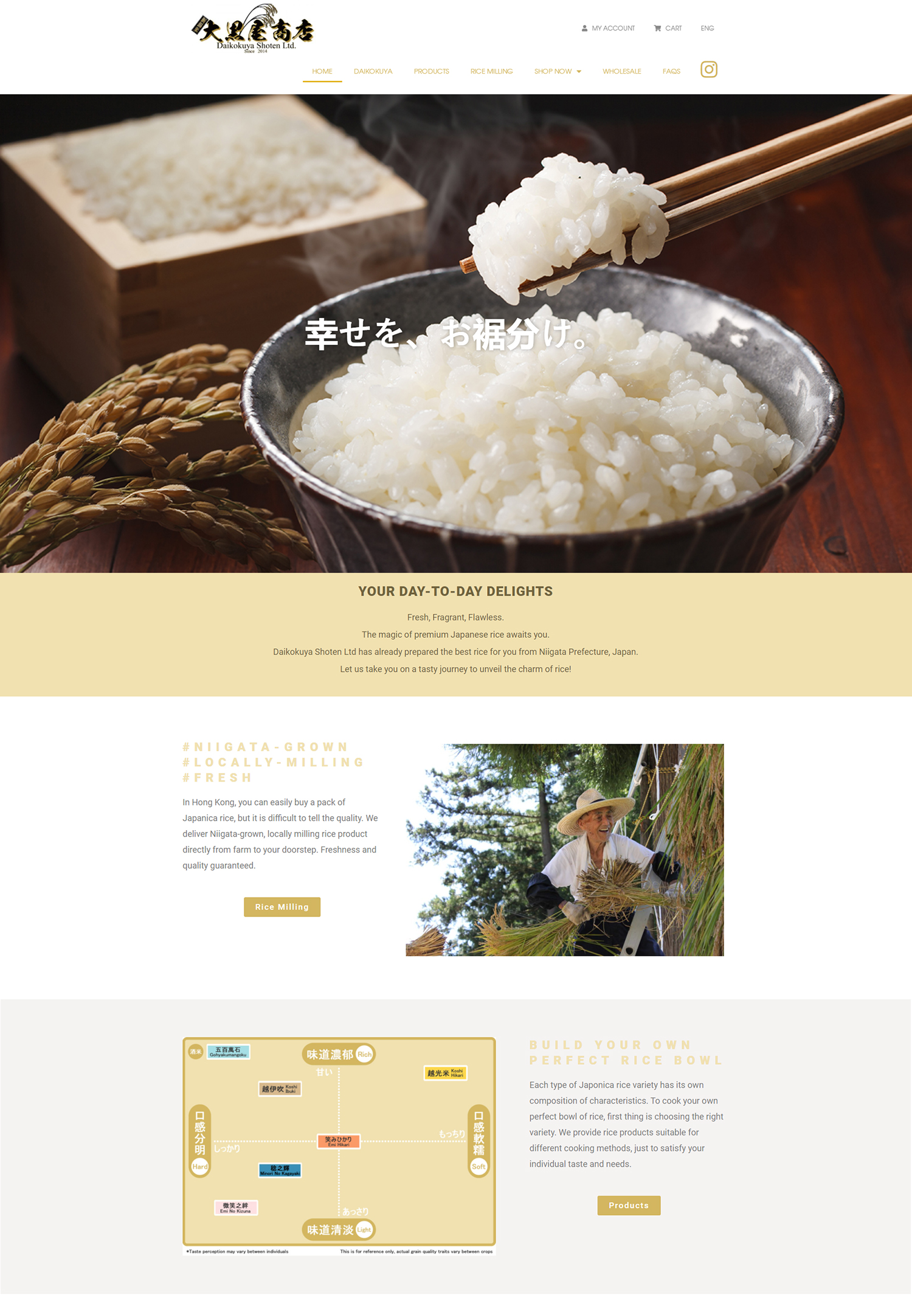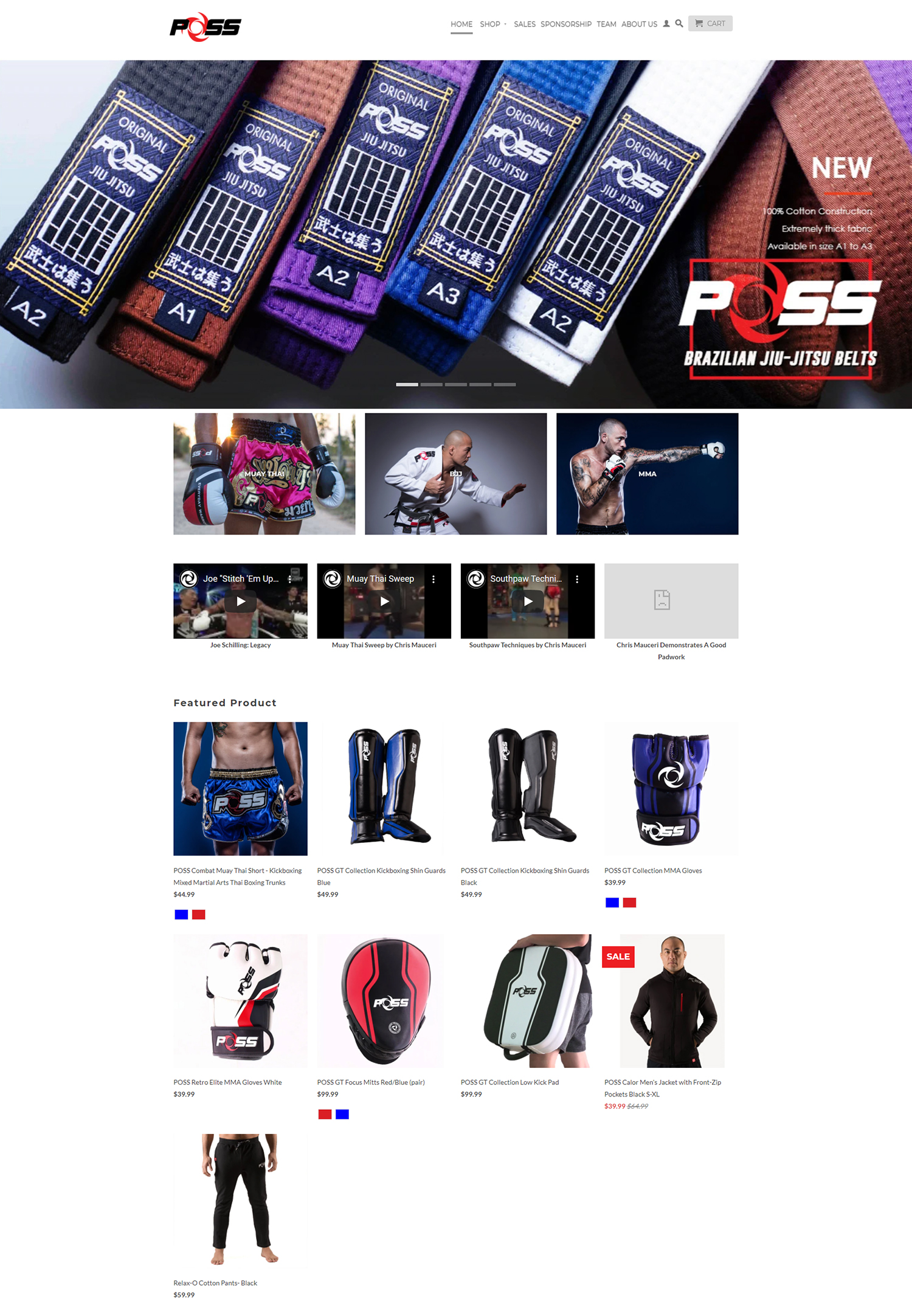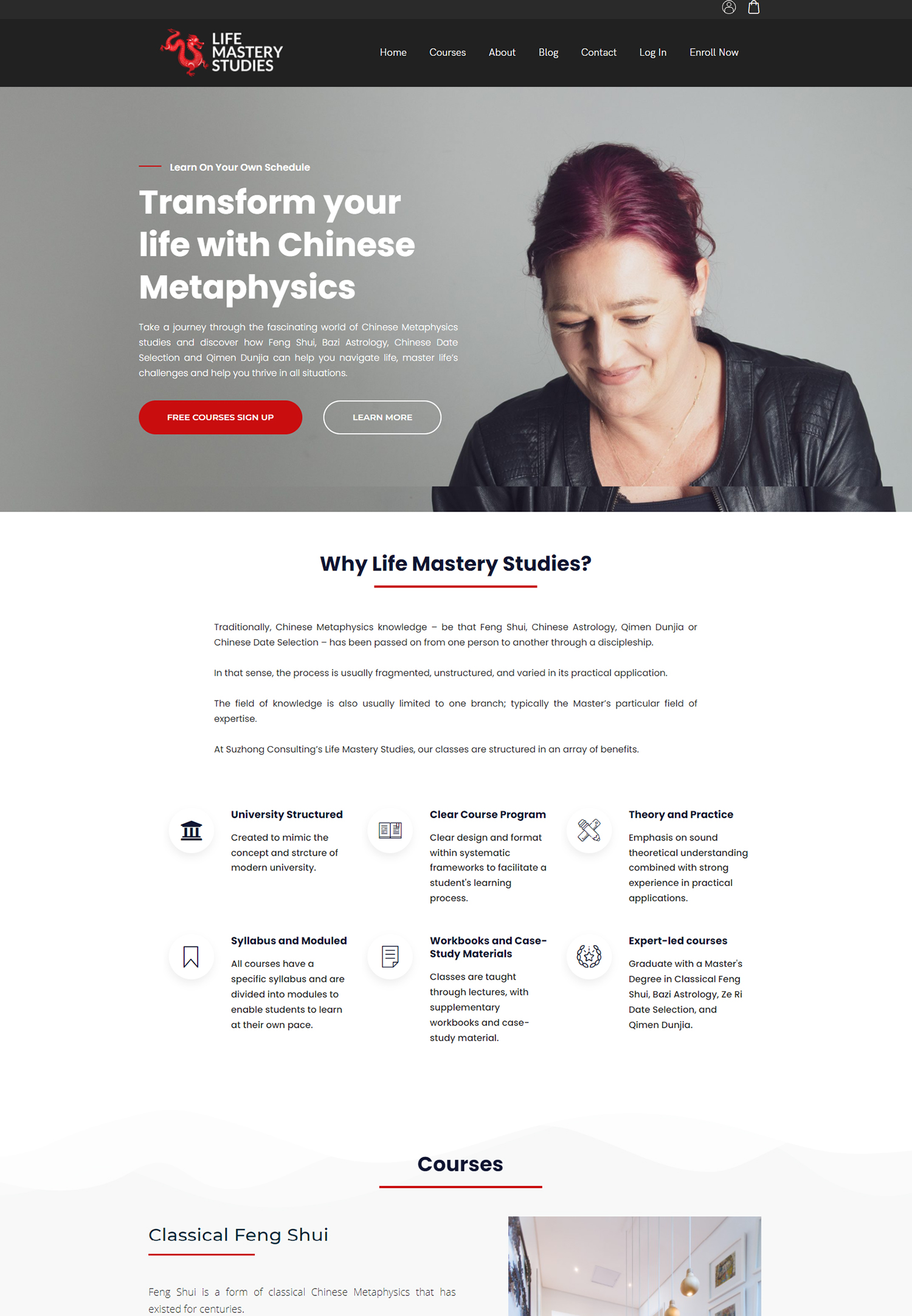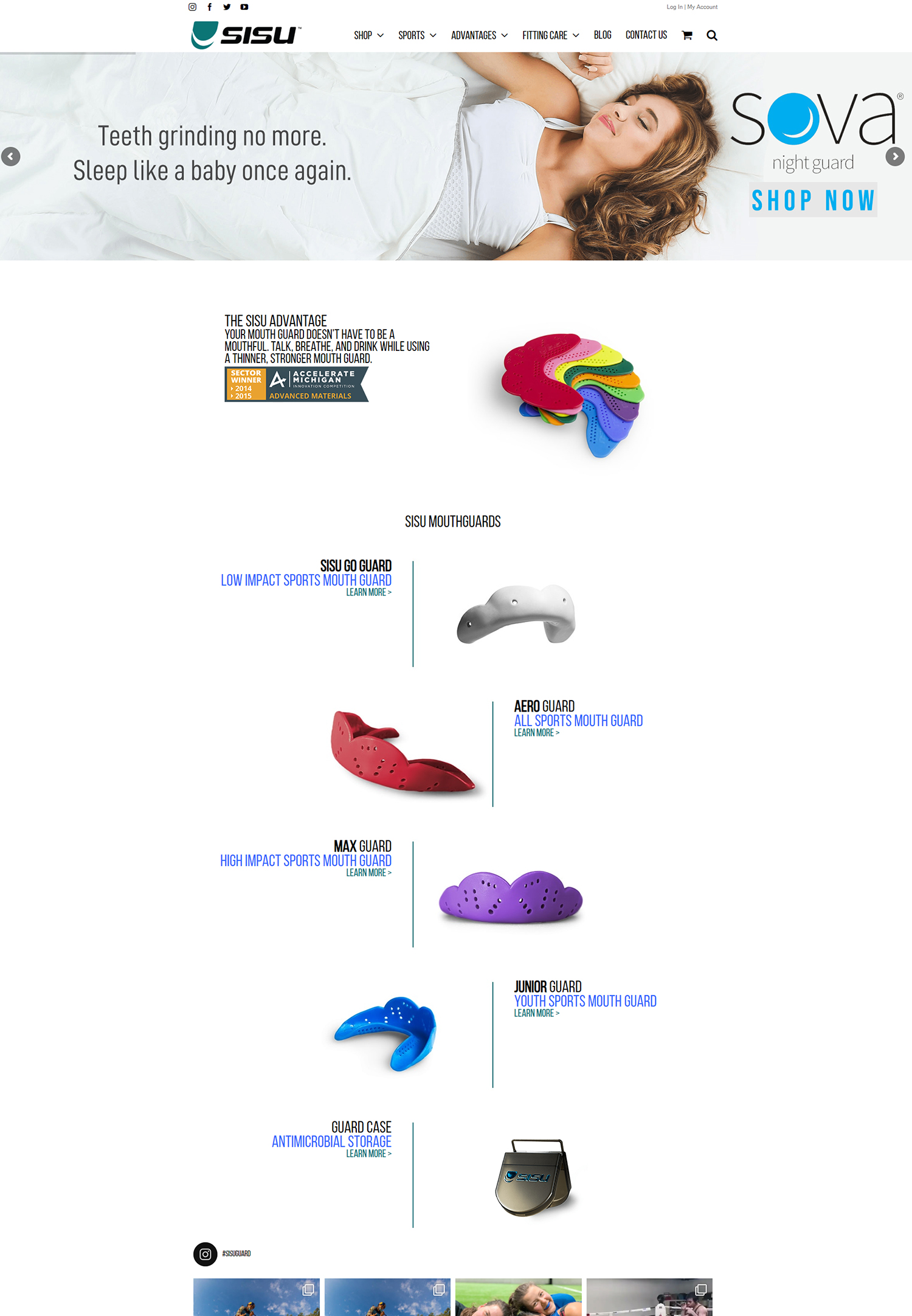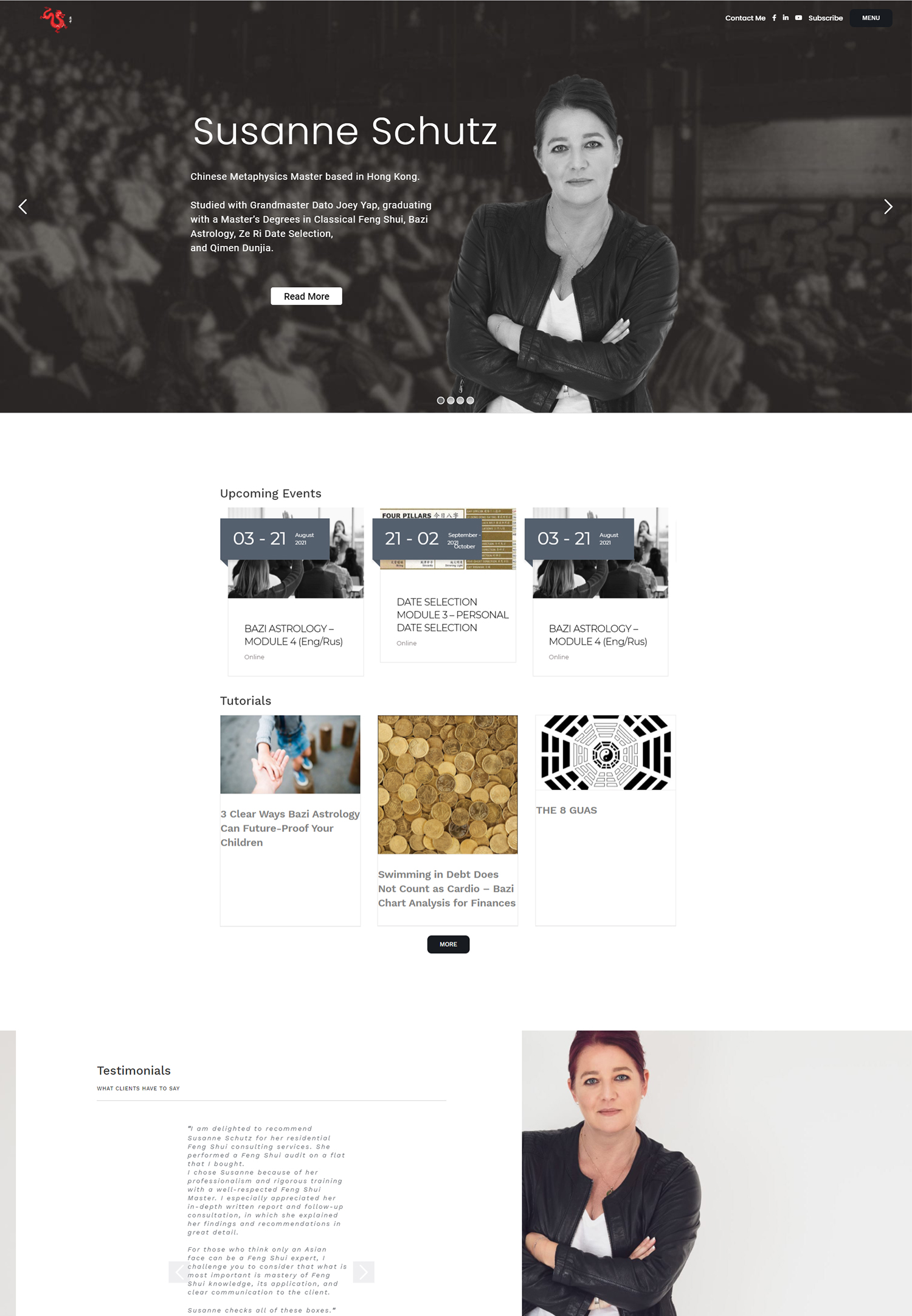Meta ads are brief textual excerpts that describe the content of a webpage. They are also known as meta tags. They are embedded in the website’s HTML code but are not visible on the page itself. Search engines can better comprehend the context and relevancy of a webpage thanks to the crucial information these tags give them.
Key Takeaways
- Meta ads, also known as meta tags, are snippets of text that describe a page’s content. They don’t appear on the page itself, but in the page’s code.
- Meta ads are important for SEO as they provide search engines with information about the content of a web page, helping them to understand what the page is about and rank it accordingly.
- There are different types of meta tags, including title tags, meta descriptions, meta keywords, and meta robots tags, each serving a specific purpose in SEO.
- To create effective meta ads, it’s important to use relevant keywords, write compelling and accurate descriptions, and keep the length within recommended limits.
- Common mistakes to avoid in meta tag optimization include using duplicate meta tags, stuffing keywords, and neglecting to update meta tags regularly.
The title tag, meta description, and meta keywords are the most popular kinds of meta tags; each has a distinct function in the field of search engine optimization (SEO). Given that it is the clickable headline in search engine results, the title tag is possibly the most important meta tag. It should include pertinent keywords and concisely communicate the page’s primary idea. The meta description, on the other hand, provides a concise synopsis of the page’s content and is usually between 150 and 160 characters long.
When the link shows up in search results, this description is essential for persuading users to click on it. The importance of meta keywords has decreased over time as search engines have evolved to prioritize more complex algorithms, even though they were once used to indicate the main topics of a page. Search engines’ interpretation and ranking of web pages are influenced by meta ads, which makes them essential to SEO. By offering crucial context that can improve visibility in search results, they act as a link between content producers & search engine algorithms. A well-written title tag and meta description can greatly increase a webpage’s likelihood of ranking higher because they make it easier for search engines to determine how relevant the content is to particular queries.
Also, by giving users brief details about what to expect when they click on a link, meta tags improve the user experience. In a time when users are inundated with information, a captivating title & description can draw attention and motivate clicks. Users are more likely to select that specific webpage over others if these meta ads are interesting and relevant.
The significance of optimizing meta tags as part of a thorough SEO strategy is highlighted by the interaction between user engagement and search engine ranking. Meta tags come in a variety of forms, each with unique purposes that enhance a webpage’s search engine ranking. Though there are other noteworthy elements, the title tag & meta description are the most noticeable. The title tag is essential to SEO because it establishes the webpage’s title and is displayed prominently in search engine results.
It should be brief but informative, and it should ideally include the main keywords that are pertinent to the content of the page. The meta description gives users a quick rundown of what to expect from the page. A compelling value proposition in a well-written description can increase click-through rates even though it has no direct effect on rankings. Other kinds of meta tags are the viewport meta tag, which is necessary for responsive web design, & the robots meta tag, which tells search engines how to index a page. Also, platforms for social media frequently use particular meta tags, such as Twitter Cards for Twitter and Open Graph tags for Facebook, to improve the way content appears when shared on social media.
Developing successful meta ads necessitates a calculated strategy that strikes a balance between user engagement & keyword optimization. To begin with, it is crucial to carry out comprehensive keyword research in order to determine the terms and phrases that prospective visitors are likely to use when looking for content associated with your webpage. Popular search terms and their level of competition can be found using tools like SEMrush and Google Keyword Planner.
After you’ve found pertinent keywords, organically include them in your meta description and title tag. If you are writing about “healthy smoothie recipes,” for example, your title might be “10 Delicious Healthy Smoothie Recipes for Weight Loss.”. The meta description could say, “Learn how to make healthy smoothies that will help you lose weight & give you more energy.”. This strategy increases the possibility of clicks by including keywords and clearly benefiting potential visitors. There are a few typical mistakes that can ruin your meta tag optimization efforts.
In an effort to manipulate search rankings, webmasters frequently make the mistake of stuffing their title tags or descriptions with too many keywords. Because it looks spammy or unattractive, this practice can result in search engine penalties & discourage users from clicking on your link. Not creating distinct meta tags for every page on your website is another common mistake. Search engines can become confused by duplicate title tags or descriptions, which will weaken your SEO efforts.
Every page needs unique meta tags that appropriately convey the information on it. Not paying attention to character limits can also lead to truncated titles or descriptions in search results, which could hide crucial information or detract from the user experience. Following best practices is crucial if you want your meta ads to be as successful as possible. Aim for title tags that are between 50 and 60 characters long to maximize visibility in search results without being truncated.
In the same way, make sure your meta descriptions are between 150 and 160 characters long so that they fill the entire search engine results page (SERP). To increase clicks, use language that is action-oriented in your meta descriptions. Phrases like “Discover,” “Learn how,” or “Get tips” can pique users’ interest and encourage them to interact with your content. To help users know what to do after reading your description, you should also think about adding a call-to-action (CTA). Meta ads and click-through rates (CTR) have a strong correlation; higher CTRs can result from properly optimized meta tags, and this can have a favorable impact on search engine rankings.
Users are more inclined to select a link over others when they see an attention-grabbing title and description that align with their search intent. Search engines may place your content higher in SERPs as a result of the increased engagement, which tells them it is worthwhile and relevant. For instance, research has indicated that pages with optimized meta descriptions can see a 5–10% increase in click-through rate. This figure emphasizes how crucial it is to devote time and energy to creating successful meta ads.
Also, you can continuously improve your SEO strategy by A/B testing various title tag and description versions to gain insights into what works best for your audience. Meta ads will play a bigger part in SEO strategies as digital marketing keeps changing. The ability of search engines to comprehend user intent and context is growing as a result of developments in artificial intelligence and machine learning. This development could result in modifications to the way search algorithms perceive and value meta tags. Also, there might be a move toward more conversational language in queries and meta ads as voice search becomes more commonplace with gadgets like Google Home and Amazon Alexa.
By concentrating on natural language processing and optimizing for long-tail keywords that represent people’s speech patterns rather than their typing habits, marketers will need to modify their approaches accordingly. In summary, while the basic ideas behind crafting successful meta ads are still applicable, maintaining a competitive edge in digital marketing will require keeping up with new developments in technology and trends. We must adapt our strategies for creating captivating meta tags that not only draw clicks but also conform to changing search engine algorithms as user behavior changes.
If you are looking to improve the content on your Facebook page, you may want to check out this article on the “Top 7 Best Content for Facebook Pages” here. It provides valuable insights on creating engaging and effective posts for your audience. Additionally, if you are interested in learning more about digital marketing strategies, you can explore the free resources available on Populis Digital’s website here. And don’t forget to review their privacy policy here to ensure your data is protected.




